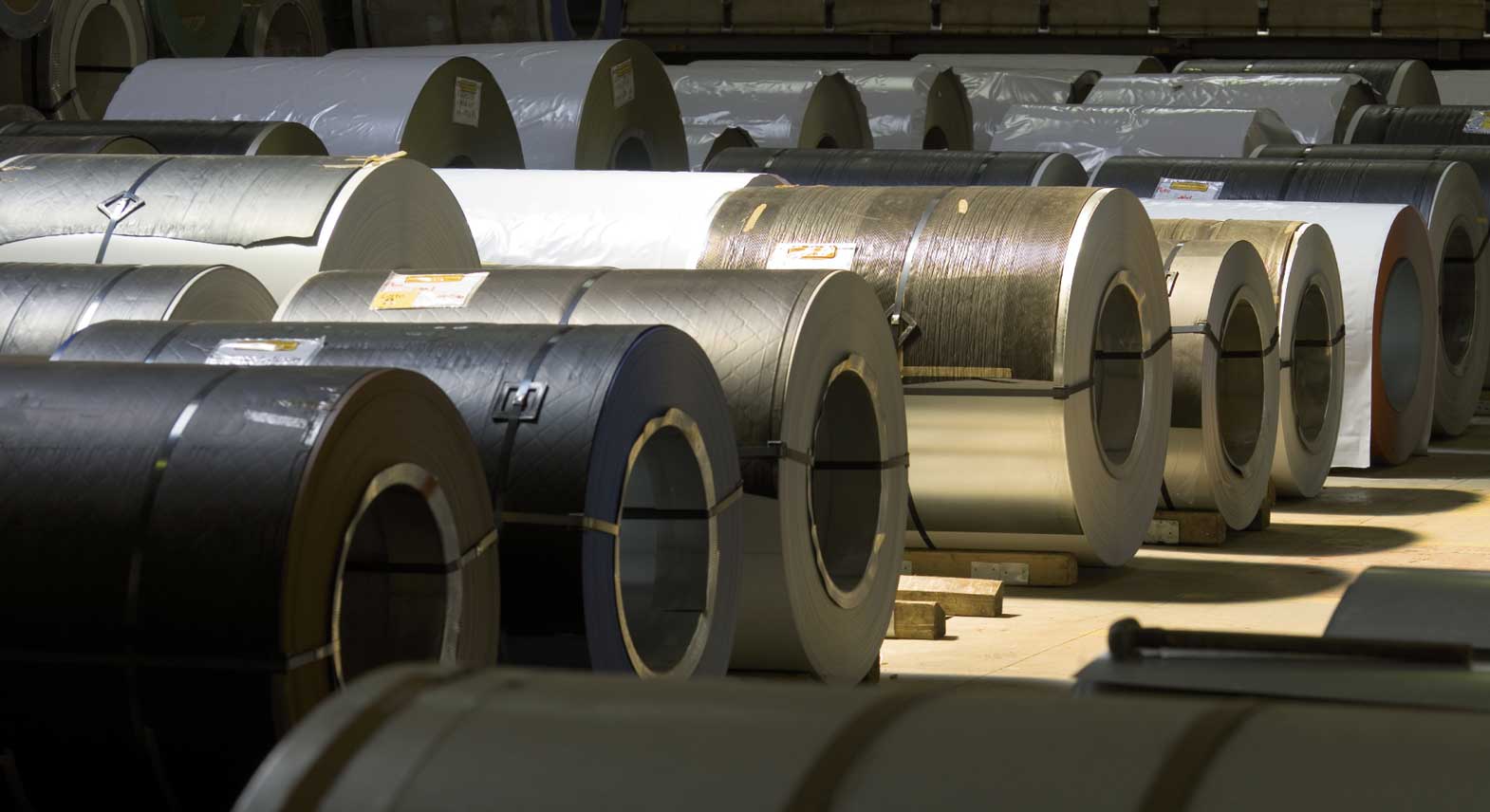The European hot-rolled coil market was stable Dec. 21 with only a few more days until Christmas, and the market was still relatively quiet in terms of transactions. Mills were heard to be making discounts here and there to maximize orders for Q1, while buyers were looking to resist in anticipation of potentially lower steel prices, sources told S&P Global Platts.
An Italy-based service center source said he had no difficulty with selling, though he was waiting until January to make additional orders. Italian mill offers for HRC were heard at Eur890/mt ex-works Italy and a tradable value at Eur845/mt ex-works Italy. Prices for hot-dipped galvanized were heard at Eur1,095/mt ex-works Italy and cold-rolled coil at Eur1,000/mt ex-works Italy.
A German service center source said he didn’t see a collapse in prices after the hefty declines seen over the last few weeks and added that it was natural to see a come-down after the market “overheated” over the summer.
“Demand is still strong, end-users are still running; COVID-19 won’t be a problem — nothing will happen dramatically as prices already corrected to a normal price,” the source said. “Mills have good margins. They have better margins than they did in the last 10 years, so they should be happy.”
The period of high European prices over the summer was good news for mills that struggled to recoup substantial profits since the height of the financial crisis in 2008-09. The transition toward carbon-free steel production had been the impetus for keeping prices elevated, but as Q4 now winds to a close, those price levels have started to slip away.
“Producers made the mistake of increasing prices without any reason, not sustainable and not coming from a cost perspective — it was just to increase own profit,” the same source said. “It lasted too long.”
The added pressure from cheaper imports waiting to be customs cleared before the start of the new year has also had domestic players fearing a further collapse in price, with the eventual exhaustion of the “other countries” quota in Q2 expected to be a significant deciding factor in Italian pricing direction.
— Amanda Flint






